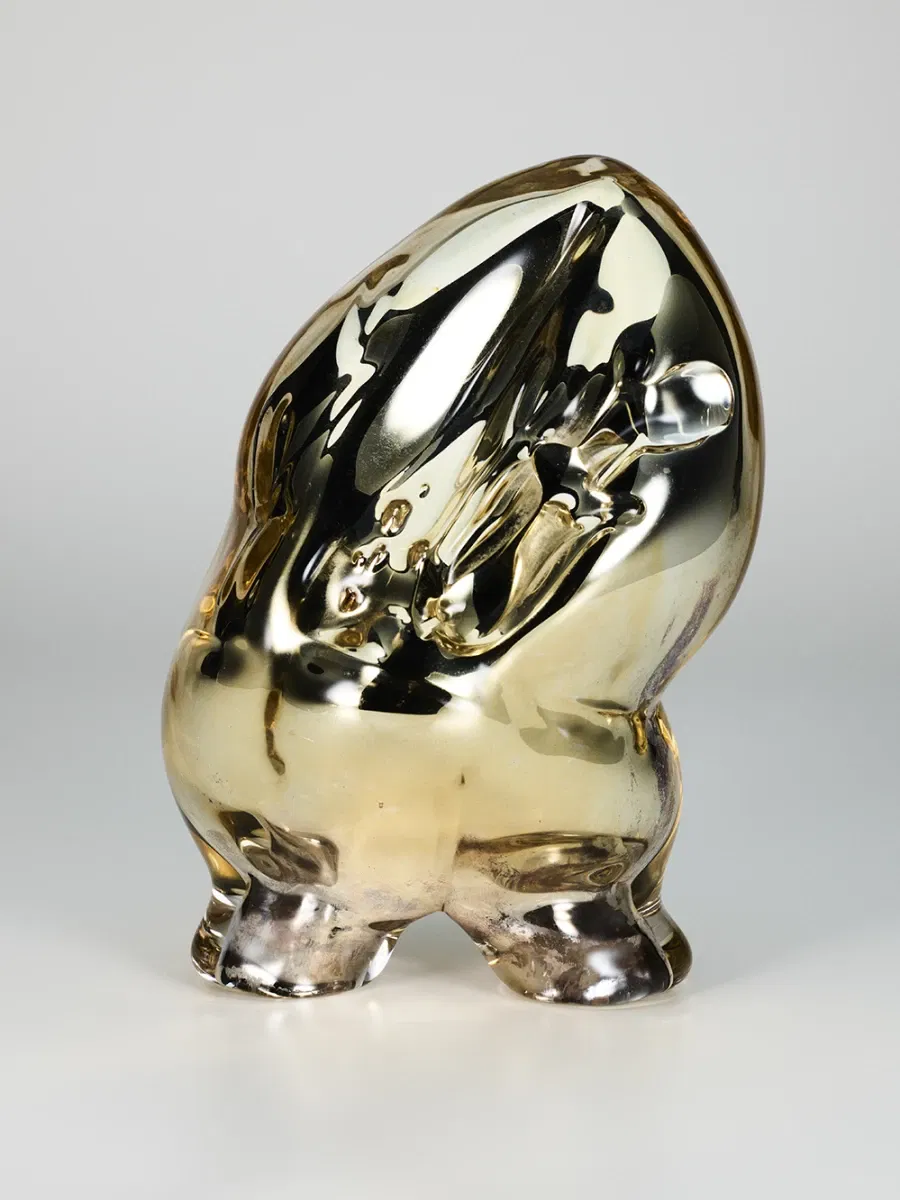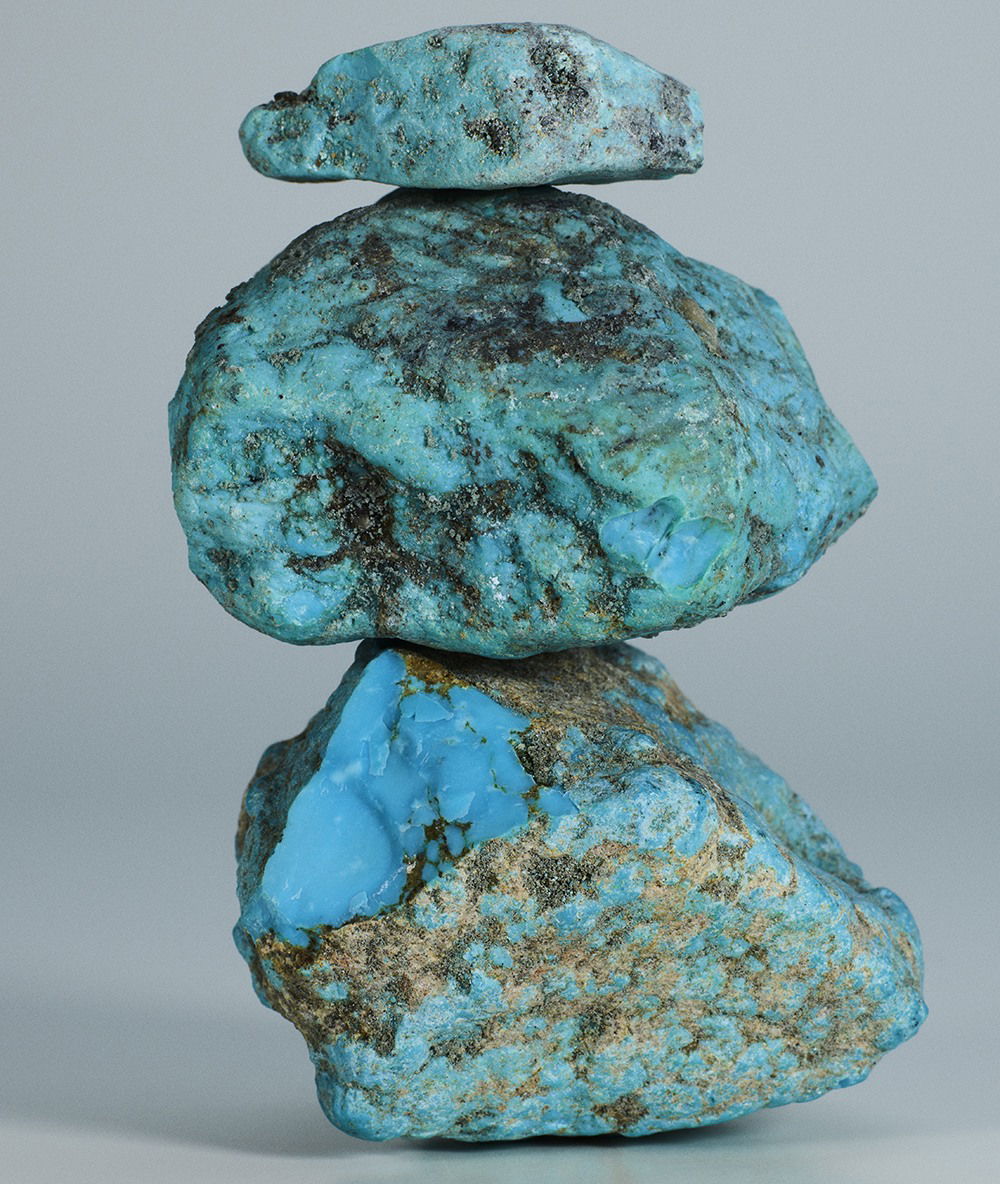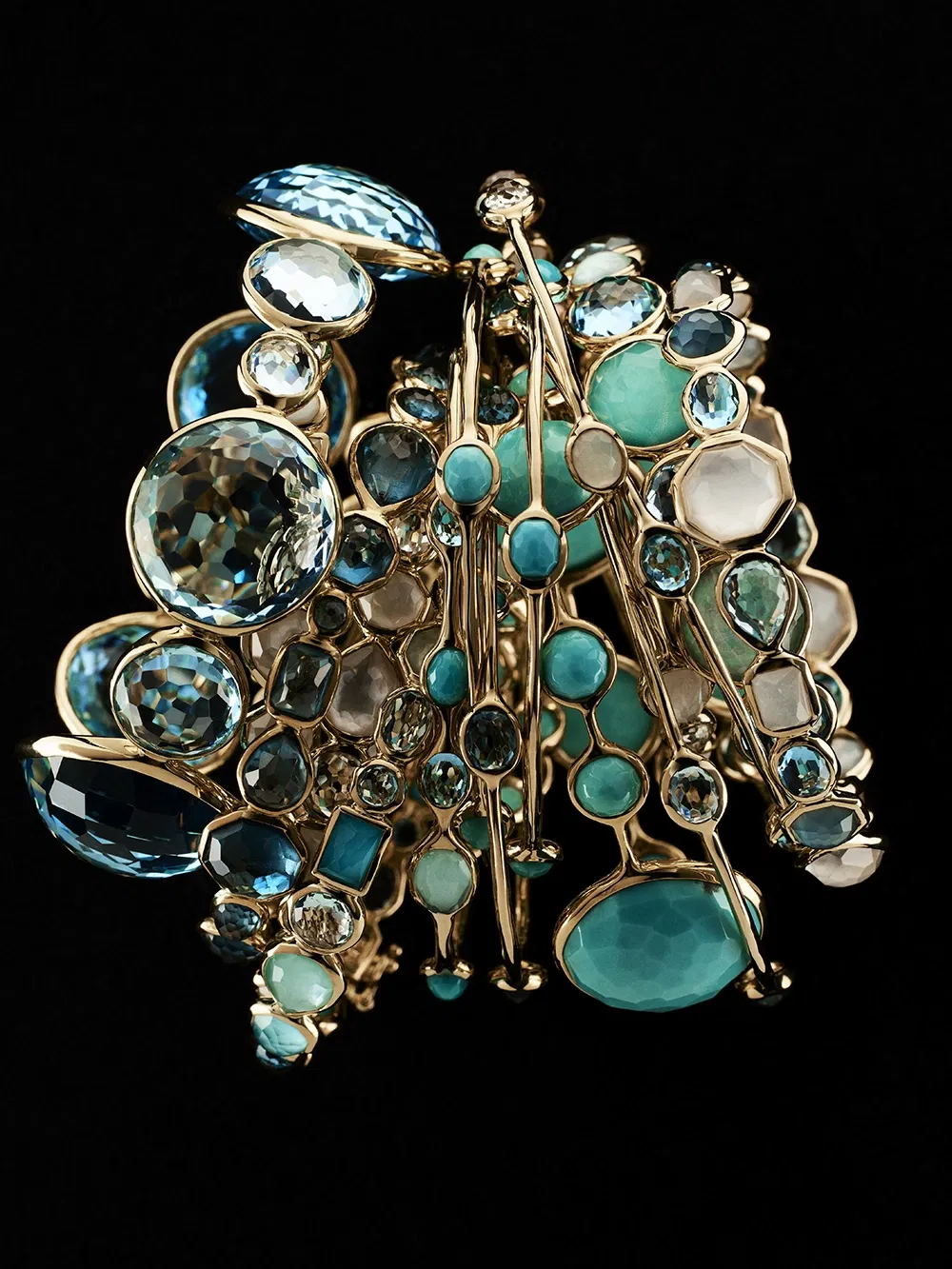
sustainability
Thoughts on Sustainability: An Interview with Ippolita Rostagno
Q.
How do you reconcile your aesthetic ideals with the ever-more-pressing need to care for the planet?
My personal credo, “ART. SCULPTURE. BEAUTY.” has become the baseline for how we design and manufacture jewelry at IPPOLITA. My deep love of the raw materials from which beautiful adornments are crafted leads organically to a great regard for the natural resources from which they derive.
Our main material is, of course, gold. 100% of our gold comes from recycled sources, and its quality is identical to mined gold. In keeping with our beliefs, we choose to marry our love of beauty with respect for Mother Nature. The world contains a finite amount of metals and minerals, and we are committed to using only previously refined gold.
Our refineries purchase returned consumer jewelry and industrial gold scraps. By removing all alloys and other contaminants from the metal, they create 99.99% pure gold that our artisans then combine with silver to create our signature 18K “green” gold alloy.

'The world contains a finite amount of metals and minerals, and we are committed to using only previously refined gold.'
Q.
How does your Italian heritage influence your process?
Italian society in general is heavily based on the principle of fewer, better things. It is basically a no-waste society. Furthermore, the great tradition of artists’ workshops and craftsmanship is based in the belief of doing things oneself, with one’s own hands. If you do things yourself, you have control over both the means of production and waste. And even more so, you have visibility into the entire process, from the first sketch on the back of a napkin to the final, beautiful product.


Q.
How did your love for the planet play into your decision to cut your own stones?
At the beginning I literally knew nothing about either the procurement or the specific workmanship of precious and semi-precious stones. All I knew was that I wanted to use shapes that were not available on the market, and so by necessity I would have to cut them myself.
I started my journey in India, but eventually ended up in Bangkok because I related to the sensitivity towards the material of the Thai artisans. The most unexpected discovery was the sheer number of beautiful materials there are, and secondarily that only a small percentage of the rough was considered usable. Cutting your own material gives you the opportunity of using more of the rough than is typically done and finding beauty in the inclusions that have been centuries in the making.
Q.
Is educating the customer important?
Yes, I believe that the more people understand the process, the more sensitive they will be to both the intrinsic value of the natural resources and the benefit of taking the appropriate care of both their jewelry and the planet.





